Using swift 3 in Xcode 8.2.1 for an iOS App.
I understand that I need an autoreleasepool block when dispatching some processing on a new thread. But is it needed when dispatching back on main thread ?
Suppose we are on the main thread and do the following:
DispatchQueue.global(qos: .background).async {
autoreleasepool {
//***** do something in the background
} // autoreleasepool
DispatchQueue.main.async {
//***** do something on the main thread when background job is done
//***** does this something need to be enclosed in an autoreleasepool block ?
} // DispatchQueue.main.async
} // DispatchQueue.global

